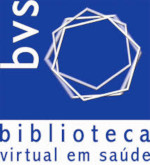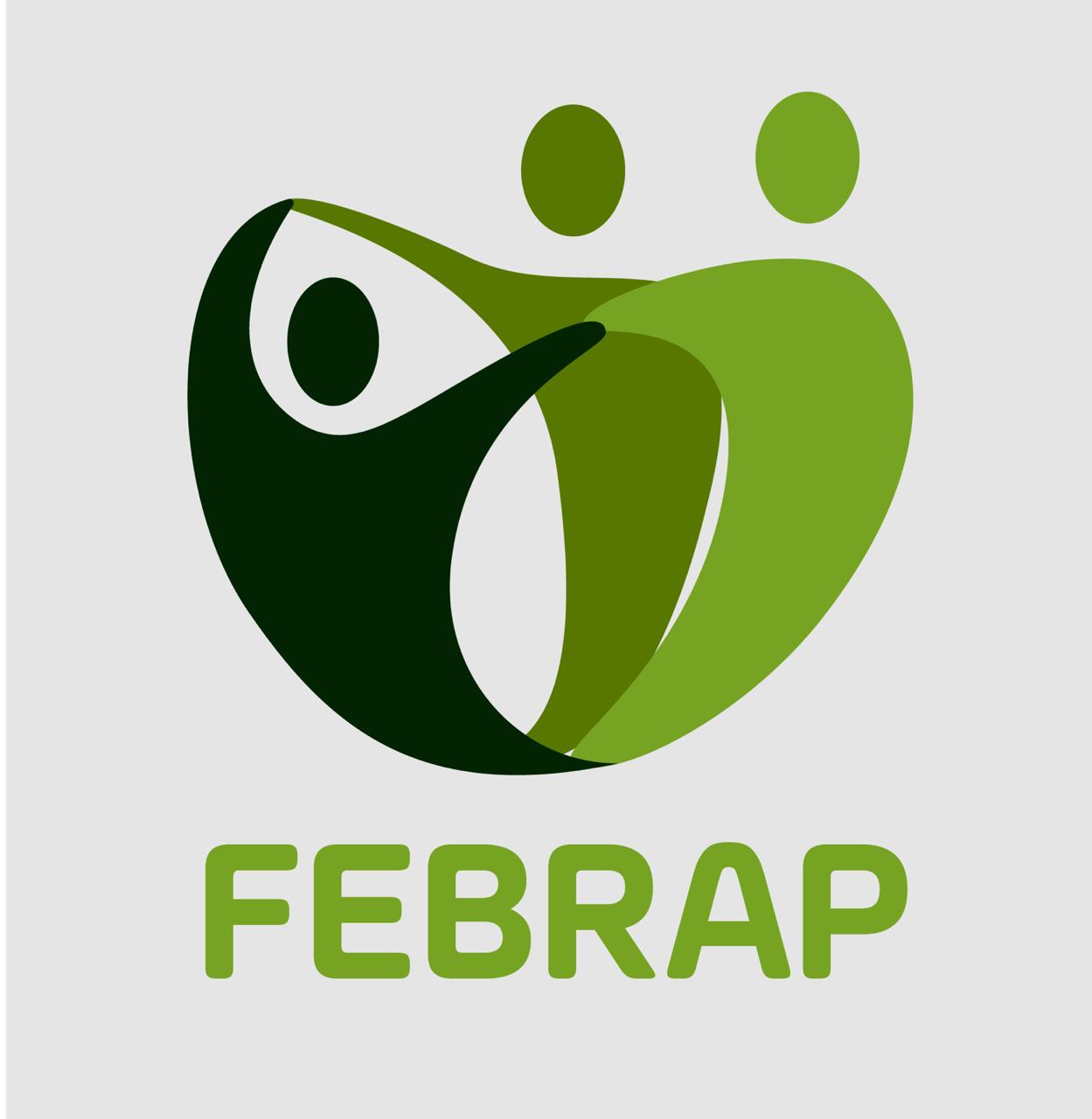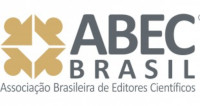Psicosociodrama intuitivo antes de Moreno: Conto de Natal de Dickens
Palavras-chave:
Dickens, Sociodrama, Psicodrama, Sistema virtualResumo
A aplicação de conceitos de Moreno à estrutura literária da novela Conto de Natal de Charles Dickens revela um psicodrama interno da história em que os personagens funcionam como diretor, protagonista e auxiliares. As leituras públicas de Dickens entre 1853-1870 permitiram a transgressão da história de Psicodrama em sociodrama dirigido por Dickens em torno da pobreza e do trabalho – temas centrais e questões sociais de todos os tempos da história. O uso da realidade suplementar durante catarse gera a energia desse dinâmico e complexo “sistema virtual”, mantida após o público retornar ao “modo de grupo” (suas próprias vidas) com processamento pós-desempenho como mostrado por artigos e relatórios de jornais da época sobre o impacto da história.
Downloads
Referências
BROWNE, R. Towards a Framework for Sociodrama. 2005. 48 f. Thesis – Australia and New Zealand Psychodrama Association Incorporated, 2005.
BYRE, B. Teaching Conference Development as a Simulated Experience. Proceeding of the Central States Communication Association Convention. Kansas City, 1989.
CAZAMIAN, L. The Social Novel in England 1830-1850. New York: Routledge, 2013.
COCKBURN, H. Life of Lord Jeffrey. Philadelphia: Lippincott, Grambo & Co. volume II, p. 301, 1852.
DAVIS, P. The Lives and Times of Ebenezer Scrooge. New Haven: Yale Uni Press, 1990, p. 57-58.
DICKENS, C. A Christmas Carol in prose. London: Charles Chapman and Hall, 1843.
DOLAN, J. Utopia in Performance. Finding Hope at the Theater. Michigan: University of Michigan Press, 2005.
ELSE, G. Aristotle’s Poetics: The Argument. Cambridge: Harvard University Press, 1957.
FOX, J. Theatre of Spontaneity Revisited. Journal of Group Psychotherapy, Psychodrama and Sociometry. Philadelphia: Heldref Publications, 2006, p. 51-54.
FRASER’S MAGAZINE FOR TOWN AND COUNTRY, London, v. 29, 1844, p. 166-169.
GERSHONI, J. Psychodrama in the 21st Century: Clinical and Educational Applications. New York: Springer Publishing Company, 2003.
GOLBY, J. M.; PURDUE, A. W. The Making of the Modern Christmas. Athens, GA: University of Georgia Press, 1986.
HOLME, P. The Inner World Outside: Object Relations Theory and Psychodrama. New York: Routledge, 2015.
HUTTON, R. Stations of the Sun: A History of the Ritual Year in Britain. Oxford: Oxford University Press, 2001.
KELLERMANN, P. F. Focus on psychodrama: The therapeutic aspects of psychodrama. Philadelphia: Jessica Kingsley, 1992.
MALTHUS, T. R. An Essay on the Principle of Population, as it Affects the Future Improvement of Society. London: J. Johnson, 1798.
MORENO, J. L. Who shall survive? Foundations of sociometry, group psychotherapy and sociodrama. Beacon, NY: Beacon House, 1953.
MORENO, J. L.; MORENO, Z. T. Psychodrama, volume III: Action therapy and principles of practice. Beacon, NY: Beacon House, 1969.
MORENO, J. L. Introduction to the Third Edition: Historic Background. In Psychodrama First Volume: Fourth Edition with New Introduction. Beacon House, New York, 1972.
MORENO, J. L. The theatre of spontaneity. 3 ed. Ambler, PA: Beacon House, 1983.
SCHUTZ, W. Here comes everybody. New York: Harper and Row. 1971.
STANDIFORD, L. The Man who Invented Christmas: How Charles Dickens’s A Christmas Carol Rescued his Career and Revived our Holiday Spirits Deckle Edge. Portland: Broadway Books, 2011.
THE GENTLEMAN’S MAGAZINE, London, Series 2, v. 22, 1844, p. 170.
TURNER, V. The Anthropology of Performance. New York: PAJ Publications, 1987.
WEIGLHOFER, M. The function of narrative in public space: Witnessing performed storytelling in Northern Ireland. Journal of Arts & Communities, Bristol, 6: 1, 2014, p. 29-44.





.jpg)



